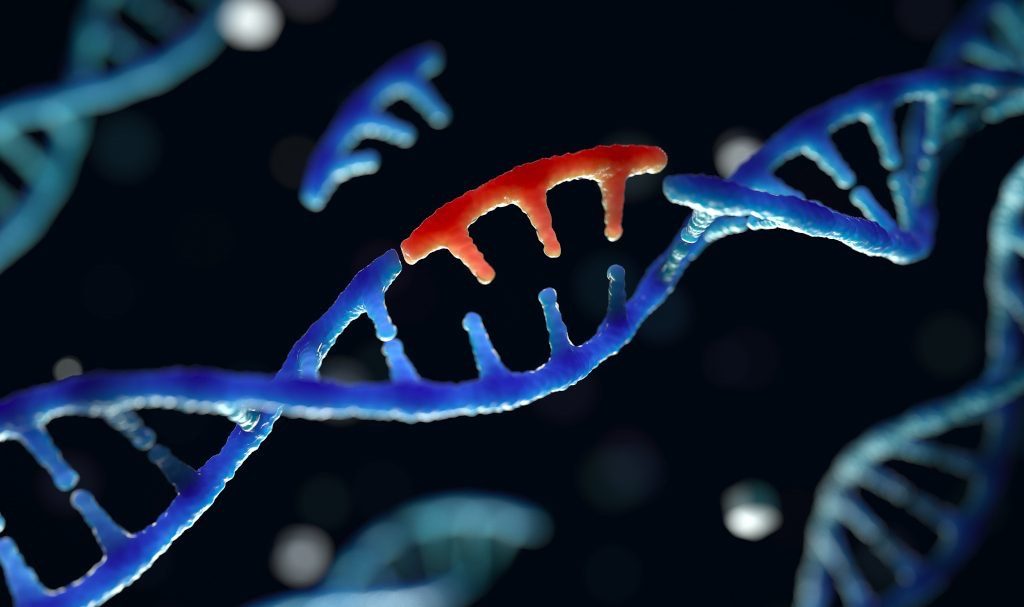GM2 Gangliosidosis: Symptoms, Causes, Treatment
What are the symptoms of GM2 gangliosidosis?
GM2 gangliosidosis is a rare genetic disorder that affects the central nervous system. There are three subtypes of GM2 gangliosidosis, each with its own characteristic symptoms. The three subtypes are Tay-Sachs disease, Sandhoff disease, and GM2 activator deficiency.
Symptoms of GM2 gangliosidosis typically appear in infancy or early childhood and progressively worsen over time. Common symptoms may include:
- Developmental delay: Children with GM2 gangliosidosis may experience delays in reaching developmental milestones, such as sitting, crawling, and walking.
- Loss of motor skills: As the disease progresses, children may lose the ability to walk, sit, and control their movements.
- Muscle weakness: Weakness in the muscles, especially in the limbs, may occur.
- Seizures: Some children with GM2 gangliosidosis may experience seizures, which can vary in severity.
- Vision and hearing problems: Children with GM2 gangliosidosis may develop vision and hearing problems.
- Enlarged liver and spleen: The liver and spleen may become enlarged (hepatosplenomegaly).
- Progressive deterioration: The symptoms of GM2 gangliosidosis tend to worsen over time, leading to severe disability and eventually death, usually by early childhood.
It’s important to note that the symptoms of GM2 gangliosidosis can vary depending on the subtype and the individual. If you suspect that you or your child has GM2 gangliosidosis, it’s important to consult with a healthcare provider for an accurate diagnosis and appropriate management.
What are the causes of GM2 gangliosidosis?
GM2 gangliosidosis is caused by mutations in genes that are involved in the breakdown of a fatty substance called GM2 ganglioside. GM2 ganglioside is normally broken down by enzymes in the lysosomes, which are compartments within cells that digest and recycle different types of molecules.
There are three types of GM2 gangliosidosis, each caused by mutations in a different gene:
- Tay-Sachs disease: Tay-Sachs disease is caused by mutations in the HEXA gene, which provides instructions for making an enzyme called beta-hexosaminidase A. Without this enzyme, GM2 ganglioside accumulates in cells, particularly in nerve cells in the brain, leading to the signs and symptoms of the disease.
- Sandhoff disease: Sandhoff disease is caused by mutations in the HEXB gene, which provides instructions for making the beta-hexosaminidase enzyme. Mutations in this gene prevent the enzyme from functioning properly, leading to the accumulation of GM2 ganglioside in cells.
- GM2 activator deficiency: GM2 activator deficiency is caused by mutations in the GM2A gene, which provides instructions for making a protein called GM2 activator. This protein is necessary for the beta-hexosaminidase enzyme to break down GM2 ganglioside. Mutations in the GM2A gene prevent the enzyme from being activated, leading to the accumulation of GM2 ganglioside in cells.
GM2 gangliosidosis is inherited in an autosomal recessive pattern, which means that a person must inherit two copies of the mutated gene (one from each parent) to develop the condition. If both parents are carriers of a mutated gene, each of their children has a 25% chance of inheriting two mutated copies and developing GM2 gangliosidosis.
What are the treatments for gangliosidosis?
GM2 gangliosidosis, which includes Tay-Sachs disease and Sandhoff disease, currently has no cure. Treatment focuses on managing symptoms and providing supportive care to improve quality of life.
- Symptomatic and supportive care: This includes medications and therapies to manage symptoms such as seizures, muscle stiffness, and respiratory problems. Physical therapy, occupational therapy, and speech therapy can also help maintain mobility, function, and communication skills.
- Nutritional support: A nutritionist can help develop a diet plan that ensures adequate nutrition and hydration, especially as swallowing and feeding may become difficult as the disease progresses.
- Respiratory support: As respiratory muscles weaken, respiratory support may be necessary. This can include mechanical ventilation or non-invasive ventilation to help with breathing.
- Medications: Medications may be prescribed to manage symptoms such as seizures, muscle spasms, and pain.
- Gene therapy and enzyme replacement therapy (ERT): These approaches are being researched as potential treatments for GM2 gangliosidosis. Gene therapy aims to introduce a healthy copy of the defective gene into the body to restore enzyme function. ERT involves administering the missing enzyme directly into the body to help break down the accumulated GM2 ganglioside. These treatments are still in the experimental stage and are not yet widely available.
It’s important for individuals with GM2 gangliosidosis to receive comprehensive care from a multidisciplinary team, including neurologists, genetic counselors, physical therapists, and other specialists, to address the various aspects of the disease and improve quality of life.




